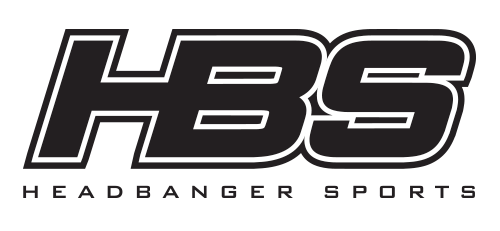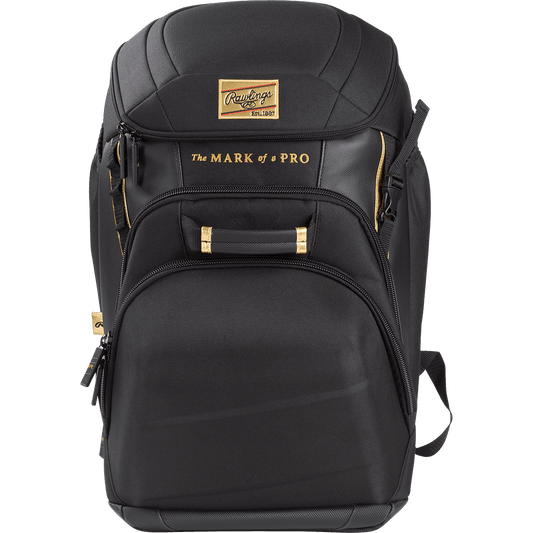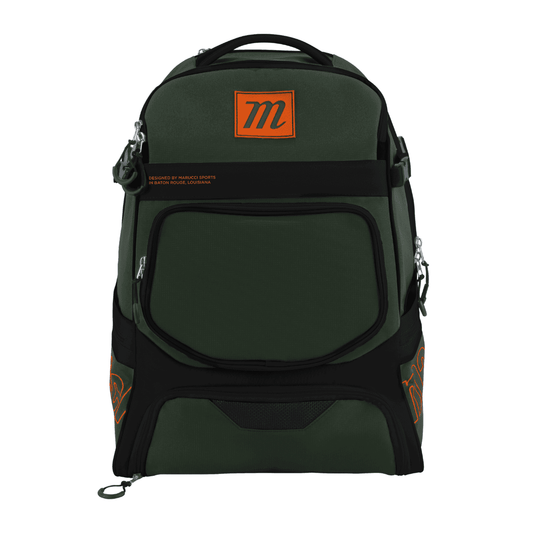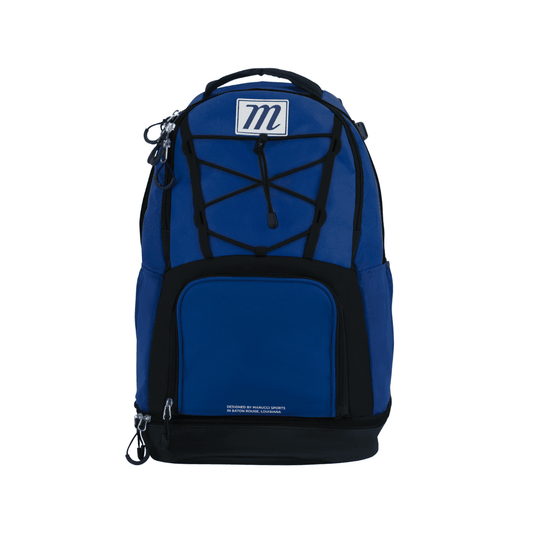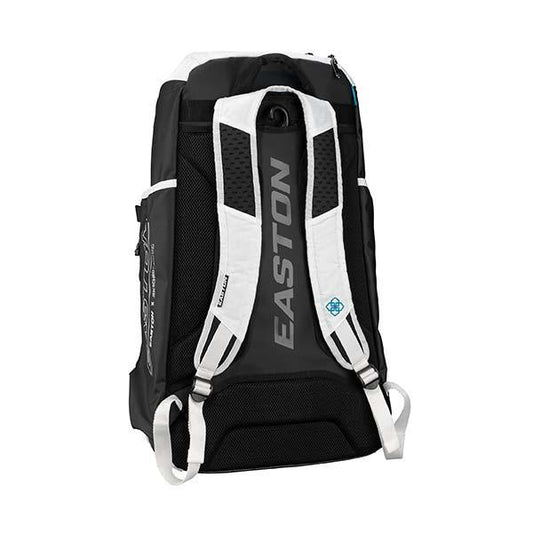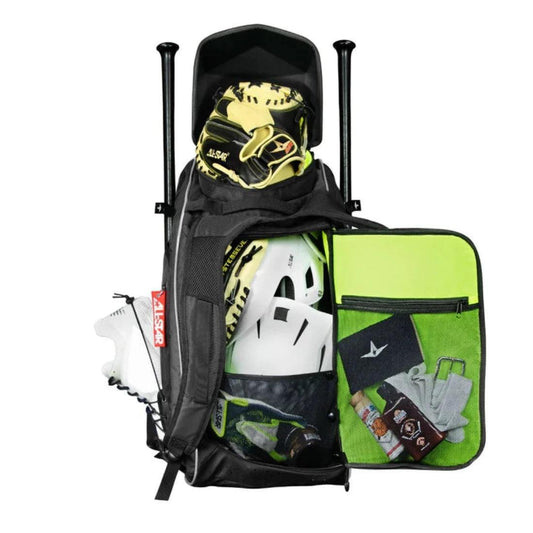So you want to know the difference between all the fielding gloves in baseball and/or softball. Maybe you are conducting research for yourself or your young child who is new to either sport. Or you are just curious about these vital pieces of equipment in general.
No matter what the reason is for you being here, you simply want to know more about gloves. Fortunately, we are here to help. Here at HbSports, we have experience in the intricacies of both baseball and softball– and that most certainly includes every piece of gear (compulsory and voluntary). And, yes– gloves of all shapes and sizes.
General Info on Fielding Gloves
Before we “slide” headfirst into an explanation of each glove on the field, it’s important to take note of the attributes that they all share. For one, they are all made of the same materials, namely synthetic leather, oil-treated leather, and high-quality leather.
Secondly, they have five key design points from top to bottom: the lacing, web, palm, hinge, and heel.
The lacing is, as you might’ve already guessed, the lacing along the top of the glove. The web is the design that acts as a “basket” for the ball (this comes in a wide range of designs). The palm sits right on top of your own hand’s palm. The hinge is what allows the glove to open and close, and the heel is the very bottom of your glove (right above your inner wrist).
Now that we have had a brief overview of defensive gloves, without further ado, let’s check out the five types of fielding gloves in baseball and softball and what makes each of them unique.
1.Infelder’s Gloves
Infielder’s gloves, as their name implies, are fielding gloves that are meant specifically for infielders. More specifically, this includes second basemen, short stops, and third basemen. As an infielder, you need a glove that has been designed to cater to your quick movements for ground balls, line drives, and even tagging fast runners.
That is what an infield glove aims to do: assist these players move as quickly as possible with them on all the while remaining highly durable and practical.
Second basemen should try to look for relatively small gloves, as they should have the smallest glove in the field (they do have to accomplish double plays and cover second and sometimes first, after all!). Third basemen, on the other hand, typically opt for deeper pockets/palms and open webs, as they are exceptionally close to the batter’s box.
2.Pitcher’s Gloves
Ptichers can indeed use an infielder’s glove, but they should choose the right one for them. Pitcher’s gloves tend to have less padding (as they need not worry too much about fielding or catching the ball from other players) but should have closed webbing. That way, they can hide the ball (and their grip on it) from the batter and other players on the opposing team.
3.Outfielder’s Gloves
Outfielders require their own special gloves because of the amount of field they need to cover to catch hard-driven grounders and those high fly balls. In order to drastically reduce their chances of making errors, they should choose longer webbed gloves. The longer webs allow them to scoop and catch those hits after tracking them for a good while!
Not only that, but for those fly balls that are going just over the wall, the long webs in their gloves allow them to much more likely snag them (and rob the opposing team of a homerun!).
4.First Baseman's Gloves

The first baseman plays a significant role on the field. They have ground balls to quickly scoop, they need to keep a close eye on the runner (and ensure they don’t steal second base), and are the one to most likely get a throw from another fielder to get a batter out.
Because of their unique duties, they need their very own fielding glove. First baseman’s gloves typically are larger (gives an easier target for other players to aim for) than the other infielders’ gloves. They also lack finger holes, which provides them with a quicker and more efficient “snap.”
5.Catcher’s Mitt

Catchers are continuously in the path of fast pitches, so they most certainly require a glove that is designed for their position– to both increase their defensive game and keep them safe from harm. That is why catcher’s mitts have a vast amount of cushioning and appear more like a mitt than a glove (hence the name).
These gloves protect catchers from those fast pitches but also throws from other players, the bat of the hitter, and runners attempting to slide into home plate!
When you are looking for the best fielding gloves in the “game,” look no further than our offerings here at HbSports! We proudly connect all of our ball-playing customers with high-quality gear they can rely on– and that certainly includes defensive gloves!
